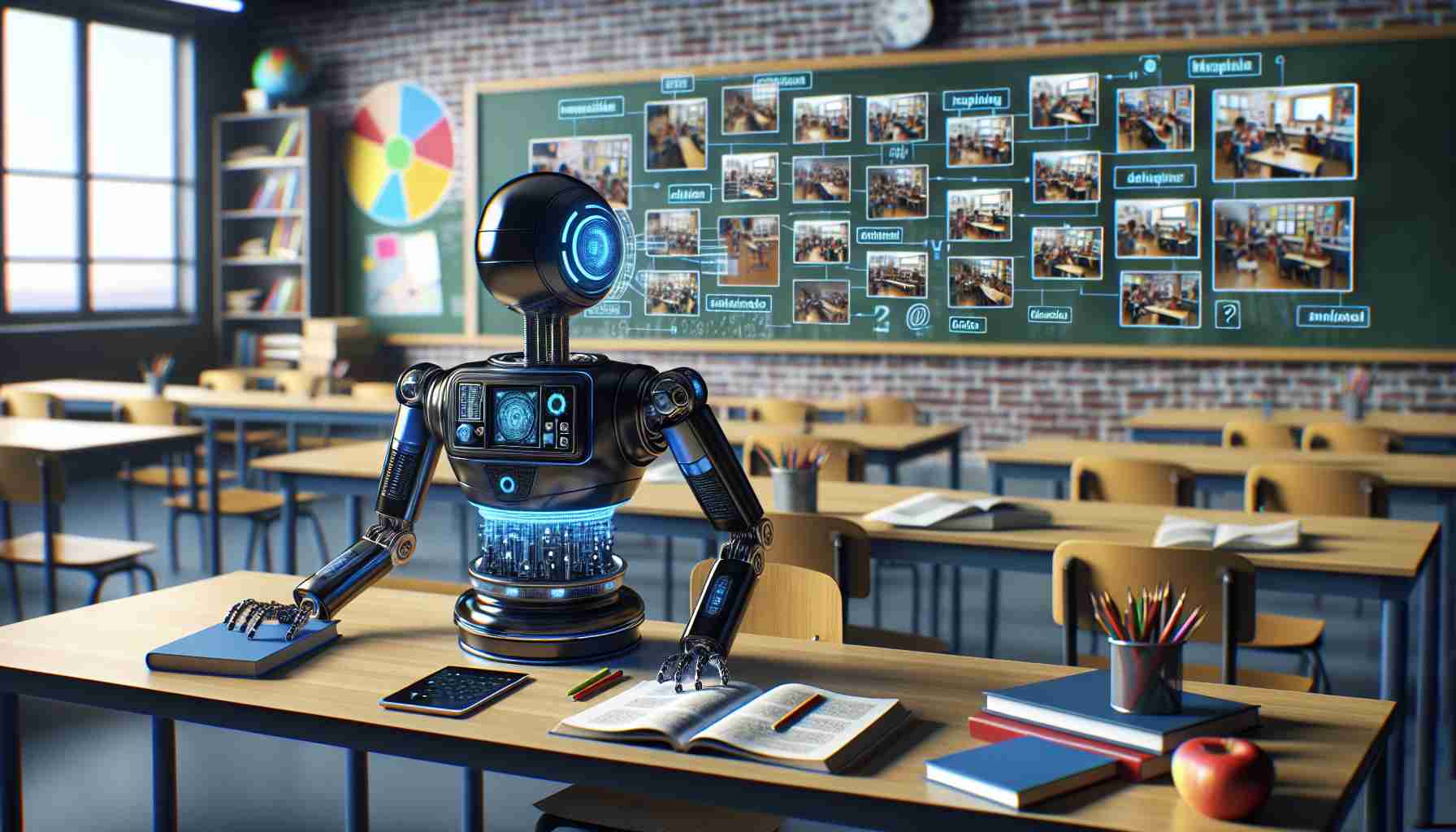Recent reports have surfaced regarding the investigation at Laguna Beach High School into the circulation of AI-generated “inappropriate images” of students. While the details are still unfolding, the school is committed to addressing the issue promptly to turn it into a valuable lesson for students on responsible conduct and respect.
The incident at Laguna Beach High School sheds light on a broader concern faced by educational institutions nationwide regarding the utilization of AI technology in various educational and social contexts. The advent of deepfake technology, a fusion of genuine images with AI computations, has facilitated the production of deceitful images depicting simulated nudity.
In a related case, earlier this year, five students from Beverly Hills faced expulsion for their involvement in crafting and disseminating fabricated nude images of their peers using deepfake technology. Subsequently, these images were shared via messaging applications, emphasizing the critical necessity for conversations and actions to mitigate the potential repercussions of manipulated imagery.
Noteworthy is that AI-generated images are not confined to adolescents. In a separate incident in January, AI-produced sexually explicit images of Taylor Swift circulated on social media, sparking public outcry and appeals for legislative shields against the fabrication and distribution of deepfake content.
Government bodies at both federal and state levels are initiating measures to combat this issue. Various bills have been tabled, including the Preventing Deepfakes of Intimate Images Act, aiming to criminalize the production and distribution of AI-synthesized sexually explicit material sans consent. Concurrently, the DEFIANCE Act endeavors to grant victims the right to sue the creators of deepfake content if consent was not obtained.
School administrations are being proactively responsive to the challenges posed by AI technology. For example, the Orange County Department of Education has commenced monthly meetings with school districts to explore effective ways of integrating AI into the educational framework.
However, experts caution that the threat posed by manipulated imagery is escalating alongside the increasing prevalence and accessibility of AI technology. The amalgamation of AI and social media platforms, extensively employed by teenagers, engenders a multifaceted and demanding terrain. The concocted semblance of appearance and societal anticipations perpetuated by social media can incur adverse impacts on youths.
In response to the Laguna Beach High School incident, plans are underway to host panel discussions on AI-fabricated content, featuring professionals like school resource officers, counselors, psychologists, and digital media experts. These discussions aim to enlighten students on the implications of AI technology and cultivate a constructive and supportive aura within the school premises.
As this issue unfolds, collaborative efforts between schools and communities are imperative to confront the challenges posed by counterfeit and manipulated imagery. Through educating students on responsible conduct, fostering critical thinking skills, and implementing suitable sanctions, we can counteract the adverse effects of AI-driven misuse and nurture a safer and more respectful environment for all.
### FAQ
**Q: Wat is deepfake-technologie?**
A: Deepfake-technologie verwijst naar het gebruik van kunstmatige intelligentie-algoritmes om realistische maar vervalste afbeeldingen, video’s of audio’s te manipuleren of creëren die authentiek lijken.
**Q: Hoe beïnvloeden deepfake-afbeeldingen individuen?**
A: Deepfake-afbeeldingen kunnen worden gebruikt om individuen te misleiden, lastig te vallen of te exploiteren door hun gezichten te superponeren op gesimuleerde naakte lichamen of frauduleuze inhoud te creëren zonder hun toestemming.
**Q: Welke wetgevende maatregelen worden voorgesteld om deepfake-afbeeldingen aan te pakken?**
A: Diverse wetsvoorstellen, zoals de Preventing Deepfakes of Intimate Images Act en de DEFIANCE Act, worden geïntroduceerd om de productie en verspreiding van door AI gegenereerd seksueel expliciet materiaal zonder toestemming te criminaliseren en slachtoffers de juridische mogelijkheid te bieden tot verhaal.
**Q: Hoe gaan scholen om met de uitdagingen van gemanipuleerde afbeeldingen?**
A: Scholen implementeren maatregelen zoals paneldiscussies, educatieve programma’s en samenwerkingen met rechtshandhavingsinstanties om bewustzijn te creëren, studenten op te leiden en de mogelijke schade veroorzaakt door gemanipuleerde afbeeldingen aan te pakken.
**Q: Wat is de rol van sociale media bij het verergeren van de impact van gemanipuleerde afbeeldingen?**
A: Sociale mediaplatforms, veelvuldig gebruikt door tieners, dragen bij aan de verspreiding en normalisatie van gemanipuleerde afbeeldingen, waardoor een omgeving wordt gecreëerd waarin uiterlijk en maatschappelijke verwachtingen een significante rol spelen. Dit kan negatieve gevolgen hebben voor het zelfbeeld en het algehele welzijn van individuen.
The source of the article is from the blog combopop.com.br
